
It's hard to believe, but the reserved areas, rare species of animals, unique natural objects and mysteries of archeology can be a three hour's drive from Moscow. People are amazed that these are so close to the capital. Is it really possible to see so much during the so-called ’weekend tours’ - to walk through the taiga forests and ash oak groves, and sail down the picturesque Ugra and Zhizdra rivers? And also to visit the unique ‘Devil’s Ancient Settlement’ natural landmark (the scientists are still arguing about its origin) and watch bison in their natural habitat, admire the floodplain lakes with their water almost distilled and where the endangered endemic Russian desmans live. You can see the ‘Monastery of Optina’ visited by Tolstoy and Dostoevsky, and, finally, go through the places where the great battles of the Great Patriotic War were fought.
Viktor Grishenkov told the EcoTourism Expert readers about the natural, cultural and historical heritage in the Ugra National Park. At his age of 25, he got his Ph. D. and he became the director of the Park at 43. It is noteworthy that seven years ago, when he started his work at the Park, not a single bison survived there - and today, there are over 300 animals, which is about half of their number in Russia.
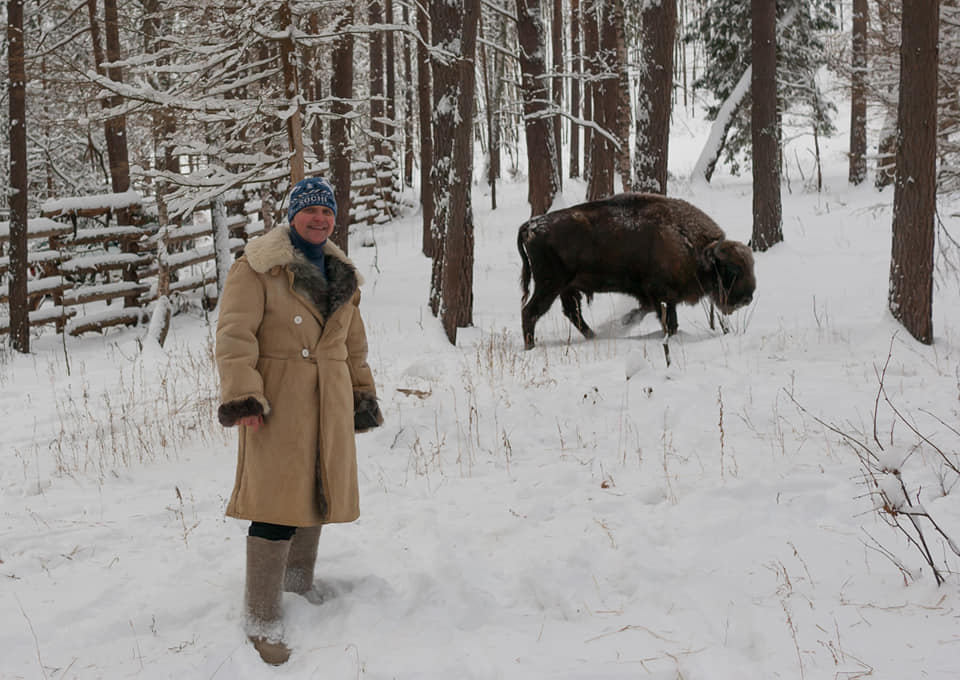
- Is it really that easy to spend a weekend in the Ugra National Park? But what about the burden of civilization, does the civilization proximity affect the life in the Park and its inhabitants, can the nature remain untouched, and the historical and architectural monuments preserved?
- Indeed, the ‘Ugra’ area is among the federal protected ones, the closest to Moscow. Our National Park is south-west of the capital, it takes about two hours by car from the Moscow Ring Road, from the Leninsky Avenue. Of course, a weekend traffic can make the way two or three times longer. Nevertheless, the access to our Park is very easy, the way goes through the area perfectly developed, with a wide network of roads and railways.
Our Park is also unique as it is one of the few valley-type parks, i.e., located in the valleys of two tributaries of the Oka, Ugra and Zhizdra rivers. This is a rather narrow 200-km strip stretching across the entire region. It is interrupted in some places as there are three large and three smaller satellite-sites. This is due to the high economic development of the area and many settlements because there are 64 of them within the Park’s boundaries and several district centres. So, our situation is indeed unusual for the Park of federal significance. That is why the designing of the Park took almost six years and was fraught with considerable difficulties. The proximity to large cities is a double-edged sword - on the one hand, the visitors have an easy access to the Park, on the other hand, the protection of natural areas becomes a priority under our conditions because the anthropogenic pressure is very high.

- The project is amazing: how could a national park be created here, in the very centre of Russia, within five administrative districts and six forestry enterprises, and in the absence of obvious tourist attractions?
- Our Park is quite young, it was created in February 1997. This age is not great, taking into account that the very first national park in the world - the Yellowstone National Park - was created in the United States in 1872. The first reserve in Russia is also a little over a hundred years old, and we are only 23. In the decree of the Russian government, it was indicated that the National Park was created to preserve the unique natural landscapes in the valleys of the Ugra and Zhizdra rivers, and I want to assure you that these valleys deserve consideration.
In addition to the most picturesque landscapes, areas of completely unique preservation of different old-aged forests, many other natural objects, people also feel the historical heritage - they really feel it physically! I did not feel this in any other place, literally every square foot of land here carries the ‘memory of the place’, some dramatic historical events, battles or outstanding people who walked here, visited these places and admired them. You quickly begin to feel all this and realize that this is a real national park, moreover, a kind of the standard of central Russia. It embodies both the history and some natural peculiar features of the country.
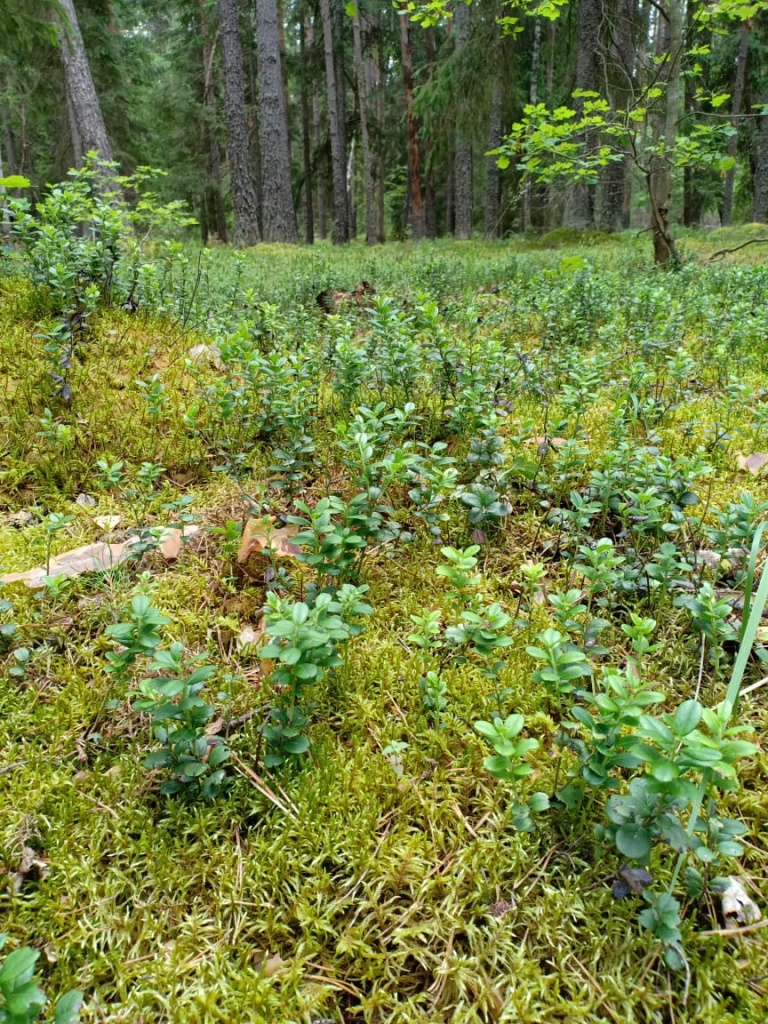
This story began in 1980, with the article ‘Ugra River, a pearl of Central Russian nature’ published in the ‘Nature’ science journal very popular in those times. It was written by Alexei K. Skvortsov, an outstanding botanist working at the main Botanical Garden of the Academy of Sciences for a long time, a corresponding member and professor. He was a native of the Ugra area and visited these places many times studying the flora. He was the first to suggest creating the first national park in Russia in this area.
His article created quite a stir, sparked interest, and various societies for the preservation of the Ugra area appeared, and in 1992, the project was launched initiated by Skvortsov with a group of like-minded scientists supported by the government of the Kaluga Region, Federal Forestry Agency, National Environmental Protection Committee.
10 research and design institutes in Moscow and the Kaluga Region and many experts took part in the National Park project and gradually, the idea of a valley-type park arose as the result of the expert discussions at all levels. There are valley-type specially protected natural reservations, for example, the Khopersky Nature Reserve located not in the valley, but in the floodplain of the Khopra river. From the point of view of the national parks, the ‘Ugra’ project is one-of-a-kind because the areas very valuable both in nature conservation and as historical and cultural landmarks were included within the boundaries of this seemingly rather narrow strip.
- In your opinion, what can the visitors enjoy in the Park and what are its main natural attractions?
- I can talk about this for hours, there are a lot of attractions. Forests occupy over 60% of the entire territory, and at the same time, within one day, our visitors can see the southern taiga in the northern part of the National Park, in the Ugra valley near the Smolensk Region, and move to the southern areas - to the wonderful magical ash groves located next to the wooded steppe. Just 0.2% of the original area of these formations remain in Europe! You see how unique these parts of old-aged broadleaved forests are! For over two decades, the programme of their study and restoration has been implemented in the Park.
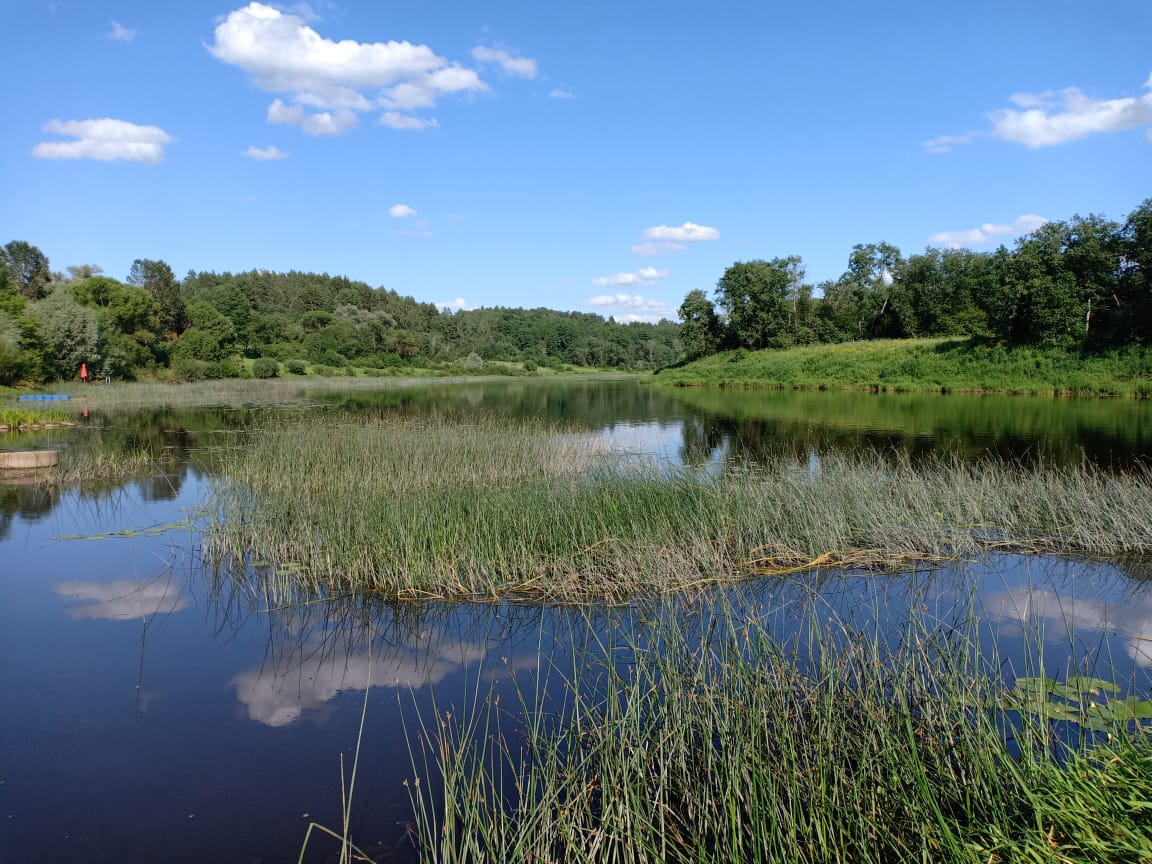
Of course, over 70 floodplain lakes in the Zhizdra valley are also our pride, each having its own life. There are some lakes with almost distilled water, and rare animals, including those from the Red Book, inhabit these lakes, for example, the endemic Russian desmans that are found nowhere in the world except our country. And their number is from 300 to 400, and taking into account that the desman number is decreasing in Russia and they are degrading, our Zhizdra desman population is one of the largest and it gives hope for the preservation of this unique species. This is a separate topic of deep interest.
The valleys of the Ugra and Zhizdra rivers are the key ornithological areas where a lot of ornithofauna representatives inhabit. These are various migratory, nesting birds and those wintering in these places. We have a wide list of bird species listed in the Red Book, including the rare black stork.
Our main attraction, of course, is the fauna because there are all large mammals, both predatory and hoofed mammals in the National Park living in central Russia such as elks, European red deer, roe deer, previously completely exterminated bison, lynxes, bears, beavers, and foxes.

New technologies, including camera-traps, provide unique data about the animal life. The rare pictures obtained sometimes touch even the most experienced ecologists. For example, you can endlessly admire the badgers playing like kids at the self-feeding stations. There are a high number of animals in the wild that have been never hunted - and this is an indicator of the good work of the security service.
- Are there any special points of attraction for tourists?
- These are interesting geomorphological objects, one of them is a very famous ‘Chertovo Gorodiscshe’ (Devil's Settlement) in the Kozelsk District of the Kaluga Region, the unusual stone ‘town’ in the forest that came from nowhere, a mesmerizing one with many rare plants. It’s an extremely interesting place with grottoes, ferns, wall-ferns, glowing phosphorescent moss - a really mysterious beautiful place that I love very much and many our visitors admire. Someone says that the name comes from the word ‘Chert’ (devil). But, most likely, it has nothing to do with the hell, and the stress should be on ‘o’ in the word ‘Chertόvo’, since there is a legend that the settlement owes its name to the ‘Zaokskaya Zasechnaya Cherta’ (Zaokskaya Abatis), which once passed here (a defensive obstacle made by felled trees in the 16th-17th centuries on the southern and southeastern borders of the Russian state to protect against the invasion of the Crimean Tatars - ed.).
Of the man-made modern attractions, the ‘Nikola-Lenivets’ landscape art park is very popular located near the village also dubbed ‘Nikola-Lenivets’. For a decade and a half, it has been gathering landscape design lovers and hosted land art festivals.
Travelling to the Galkinskoye swamp promises an unusual visual and tactile experience - there is an ecological path where the tourists walk barefoot! Both children and adults enjoy this very much. Canoeing along the Ugra and Zhizdra rivers is also very popular while admiring the picturesque shores and sandy beaches and one can also swim there.
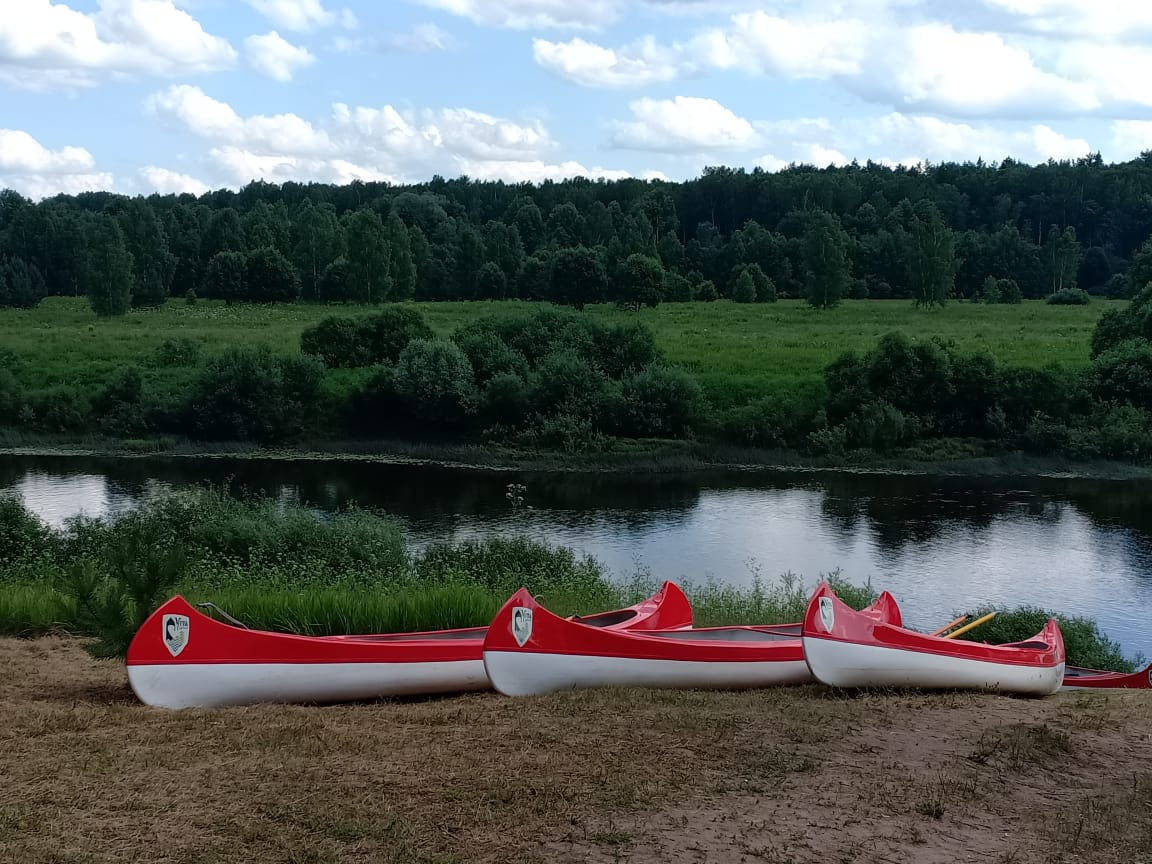
- And what is very special in the historical and cultural heritage?
- Initially, the idea was to call the park a ‘natural and historical’ one because everything here is rich in cultural and historical objects, from ancient settlements to the objects of the Great Patriotic War time. The history of this area actually is the history of central Russia.
It was inhabited long before the Slavs. At the mouth of the Ugra river, there is the only find in the Kaluga Region dating back to the Paleolithic era, the ancient Stone Age. The largest complexes of monuments are the fortified settlements located on a high, inaccessible cape or a river-bank and surrounded by several rows of ramparts and ditches; the settlements and burial mounds were located nearby. For example, there is one of the largest fortified settlements in central Russia where the ancient Russian medieval town of Vorotynsk was founded later. In fact, the town still exists today, however, not at the same place, but nearby.
The Slavs began to settle in these places in the 8th-9th centuries when the Vyatichi tribes came here from the south-eastern regions of Europe, from the Dnieper area, and gradually assimilated with the local population. At the end of the first millennium AD, the Ugra river area was populated rapidly since it was part of the river system of the Great Route ‘From the Varangians to the Greeks’. Trade convoys of vessels connected the Dnieper region with the Ryazan-Suzdal lands, and the northern Europe - with the Arab East. There are numerous finds of oriental silver coins, many-coloured Arab beads, even cowrie shells from the Pacific Ocean, which at that time were also used as money, as well as the finds of weapons and other ‘imported’ items of that time.
After the unification of Rus, these lands became part of the Chernigov principality. In the 13th century, the Ugra became the main border between the former lands of the Chernigov principality (which then fell under the rule of the Grand Duchy of Lithuania) and the Grand Duchy of Muscovy, which was gaining strength. Officially, it remained a border river for a century and a half, and before that, it was the border-line of constant military clashes between the principalities for a century and a half, and therefore, all the settlements there were military fortresses. When excavated, they are of great interest to both the scientists and tourists. These are Vorotynsk, Kozelsk known since 1147, Peremyshl mentioned for the first time in 1328 (the archaeologists believe that the urban settlement was there back in the 12th century). Here, the Tatar-Mongol invasion took place when Batu Khan's troops turned back from Torzhok in the spring of 1238 and did not reach Novgorod. They went along the Ugra to Kozelsk and its heroic defense left a mark in history.
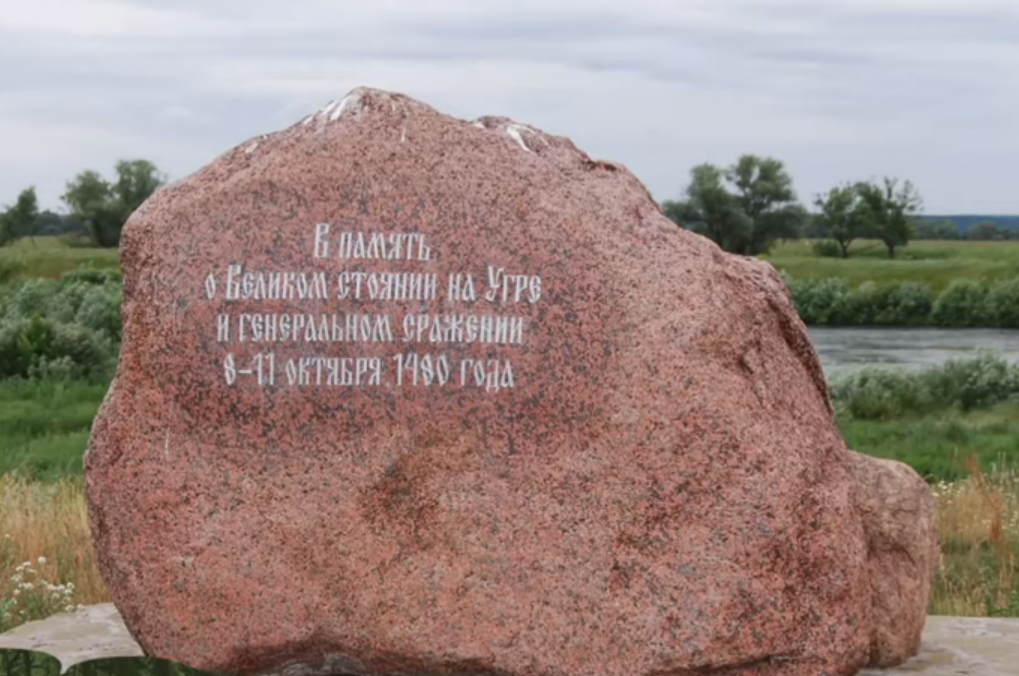
It was here, along the Ugra, that the front line was the longest during the Great Patriotic War, which left a huge amount of evidence of these difficult days. The National Park is trying to restore them and set up museums for our future generations. Looking at them, one can understand what the Soviet soldiers felt like repeatedly attacking the fascist fortifications and suffering great losses, and how difficult it was for the Germans to repel their fierce attacks. It really makes a very strong impression.
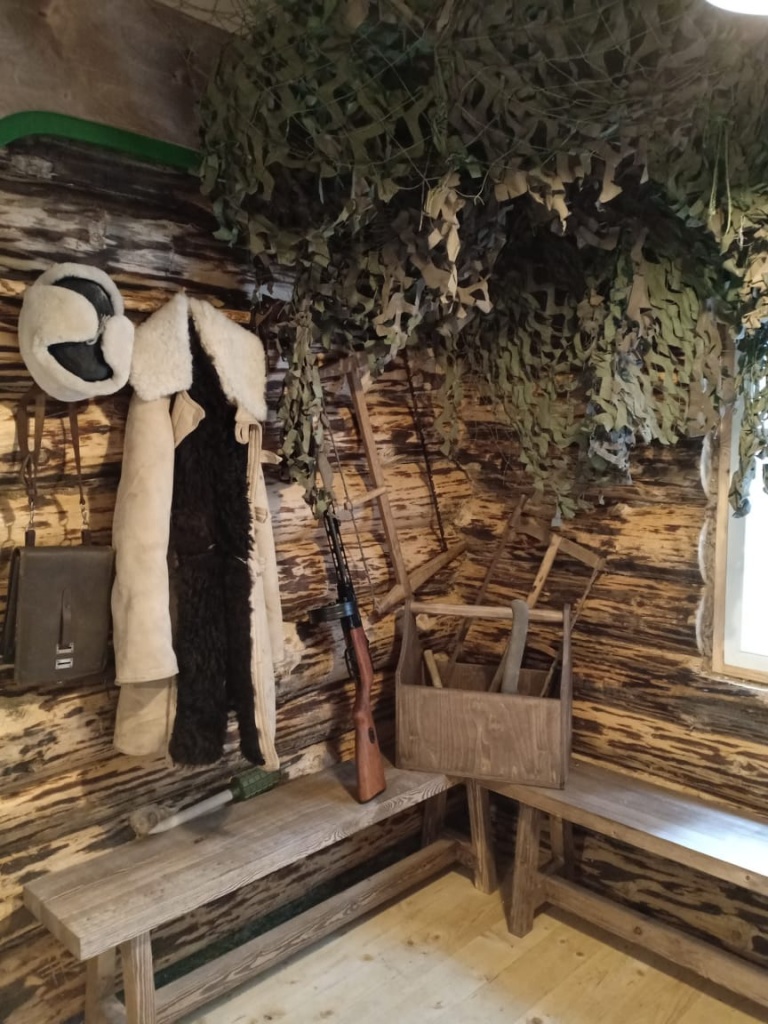
There are also the objects related to the peacetime - we have only 25 manors. They were poorly preserved, but now they are gradually being restored. The cult monuments and buildings of the Russian Orthodox Church in this area are also of special value. A church is in almost every village, many churches survived to this day and are excellent pieces of architecture. There are also a number of outstanding monasteries, the Svyato-Vvedenskaya Optina Pustyn (the Monastery of Optina) takes the first place among them in the history of the Russian culture, it flourished as a centre of spiritual culture in the second half of the 19th century. The spiritual quests of a number of the greatest figures of the Russian culture are associated with it. Tolstoy, Dostoevsky, Turgenev, Gogol have been here, crowds of pilgrims from all over Russia came here, too.
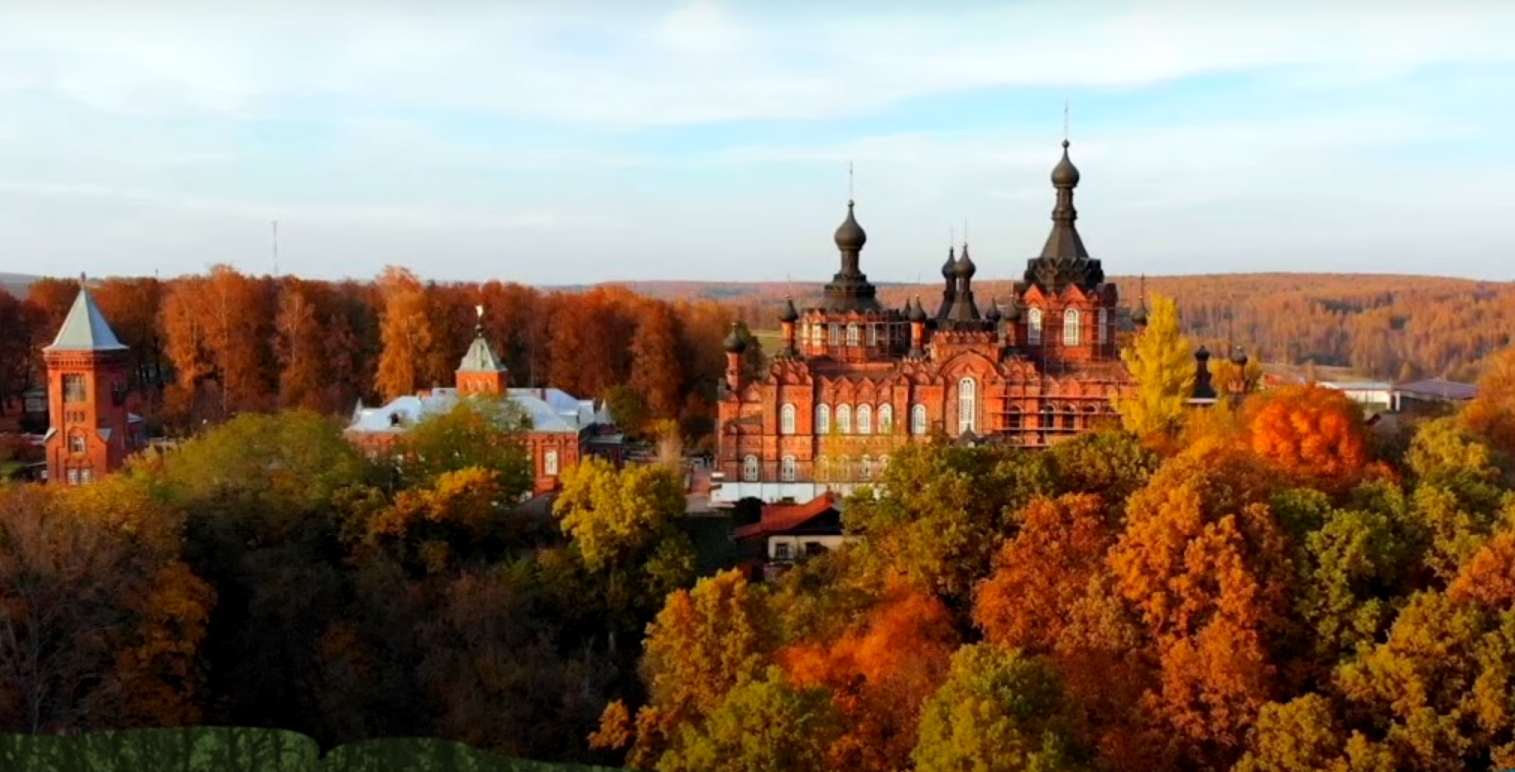
Recently, we have opened a new exposition in the Optinskoye forestry, in a new pavilion specially built within the framework of the national project dedicated to the great Russian writers who visited these places. The Kazan St. Amvrosievskaya Nunnery is also wonderful, it is the last tsarist Russia’s monastery or nunnery. These are unique monuments, must-visit places, no matter what your religious views are. It is simply impossible to embrace everything that the Ugra area is rich in!
- In your opinion, what are the main achievements of the Park?
- The main thing is our team, I am glad to praise everyone, and these are not just words as our people really do a lot. There are only 32 inspectors per 200 km of the Park visited by over 60,000 tourists a year.
In 2002, we were awarded the status of a UNESCO Biosphere Reserve. In fact, this is a model of the humanity’s future, the goal of which is to achieve harmony between the nature protection and historical and cultural objects, and the use of these benefits. There are many successful examples of this combination in the world. A third of our Park is an agricultural land, but I am sure that economic activities can be successfully combined with the nature conservation.
Our National Park occupies only 3% of the Kaluga Region, however, 90% of its biological diversity is concentrated in the Park. These figures help you understand how valuable and - at the same time - vulnerable this area is. And the international status, which we value very much, obliges us to keep this in mind and, at the same time, to constantly look for partners eager to develop according to the philosophy of the world’s biosphere reserves.

So, our achievements are also our partners, and together with them, we successfully implement our long-term, very important projects. The ‘Restoring forests, returning bison’ project is among them. Within its framework, we study and restore those very historical abatis forests, and we do our best to bring them to their original state; so, the bison, as the main indigenous inhabitants, were returned to the Park 6 years ago and their population is constantly growing and improving. The old-aged forests crossed by ravines, the meadows, river valleys, numerous streams, and the small clean rivers in the forest are ideal conditions for this species. In the prehistoric times, bison were the main animals inhabiting this area. Broadleaved forests used to grow here, and later on, people exterminated bison, coniferous forests started to grow in this place that are now destroyed by timber beetles. Nowadays, we are replacing trees here with broadleaved species grown at our transplant nursery.
Among our merits, I would like to mention the ‘Ugra-Front’ war-historical complex consisting of five battlefield paths in the National Park. This year, we have completely ‘upgraded’ them and added new objects, fortifications restored in recent years. Our expositions feature the original attributes of those times, for example, the same metal was used in the fragment of the barbed wire in the then German defense line.
Recently, a new museum of the Command Post of the Western Front was opened at the place visited by Stalin, the Supreme Commander-in-Chief, in 1943.
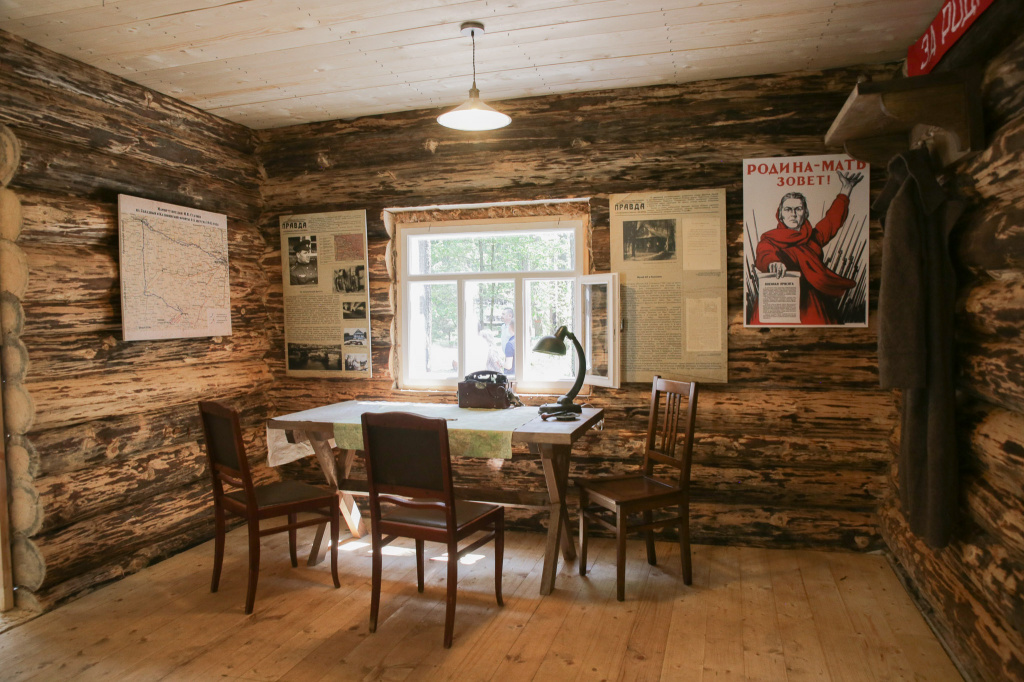
The Museum expositions are widely represented here. Well, you can admire something sensational at the Kozelskiye Zaseki (Abatis) Museum dedicated to the ‘Zaokskaya Zasechnaya Cherta’ (Zaokskaya Abatis). As for its length and defensive significance, the archaeologists compare it to the Great Wall of China. Our exposition in the Museum is called ‘The Great Wall of Russia’!
